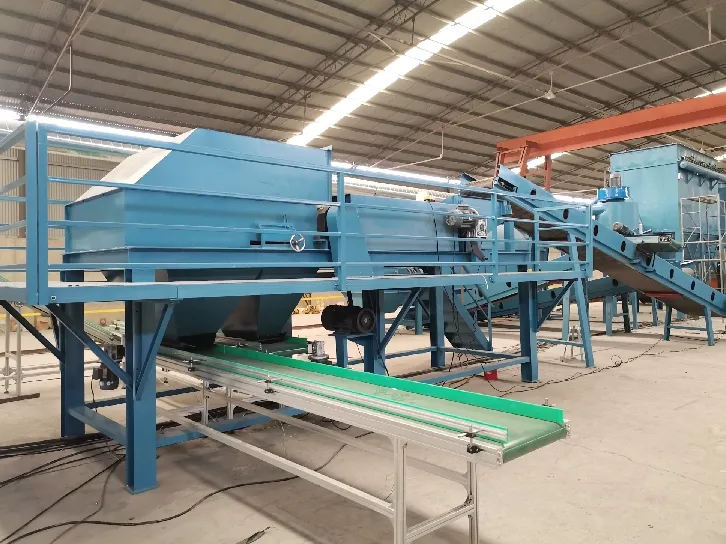

Հկտ . 31, 2024 21:22 Back to list
How to Recycle PCB Boards A Guide to Sustainable Disposal
Printed Circuit Boards (PCBs) are an integral component of modern electronics, found in everything from smartphones to household appliances. However, as technology advances, these boards often become obsolete, leading to a significant volume of electronic waste. Recycling PCB boards is essential not only for environmental sustainability but also for recovering valuable materials. Here’s how you can effectively recycle PCBs.
Understanding PCB Composition
PCBs are made up of various materials including copper, tin, lead, gold, and plastics. The combination of metals and non-metals makes them challenging to recycle. Therefore, it’s essential to understand what constitutes a PCB before diving into the recycling process. Recycling these boards helps to reduce landfill waste and minimizes the harmful environmental impact that e-waste can create.
Step 1 Collection and Sorting
The first step in recycling PCBs is proper collection. It is important to gather all unwanted electronics that contain PCBs. This includes old computers, televisions, smartphones, and other devices. Once collected, the devices should be sorted to separate those containing PCBs. This sorting can be done at home or through local e-waste collection programs, often organized by municipalities or recycling centers.
Step 2 Identifying Recycling Programs
Next, identify local recycling programs that accept PCBs. Many electronics retailers have take-back programs, and there are specialized e-waste recycling facilities that handle the methodical deconstruction and recycling of electronic components. Ensure that the facility you choose adheres to environmental regulations and practices safe recycling methods.

Step 3 Removing Non-PCB Components
In some cases, individuals can remove non-PCB components from the devices. This includes batteries, screens, and casings that can be recycled separately. Doing so can streamline the recycling process and reduce contamination during recycling operations.
Step 4 Professional Recycling
Once the PCBs are removed, you can take them to a qualified recycling facility. These facilities use advanced techniques such as shredding, chemical treatment, and smelting to extract valuable materials safely and efficiently. It’s crucial to ensure that the facility operates with certified environmental standards to avoid practices that can harm nature.
Step 5 Educating Others
Finally, educating friends and family about the importance of recycling PCBs can help build awareness. Discuss the benefits of e-waste recycling, such as conserving resources and protecting the environment, thereby encouraging others to participate in sustainable disposal practices.
In conclusion, recycling PCB boards is crucial for reducing electronic waste and recovering valuable materials. By following essential steps—collection, sorting, utilizing appropriate recycling programs, and educating others—we can positively impact the environment and pave the way for a more sustainable future.
Latest news
Troubleshooting Common Eddy Separator Problems
NewsJul.04,2025
The Role of Metal Recycling Plants in Circular Economy
NewsJul.04,2025
The Impact of Recycling Line Pickers on Waste Management Costs
NewsJul.04,2025
Safety Features Every Metal Shredder Should Have
NewsJul.04,2025
How Industrial Shredders Improve Waste Management Systems
NewsJul.04,2025
How Cable Granulators Contribute to Sustainable Recycling
NewsJul.04,2025